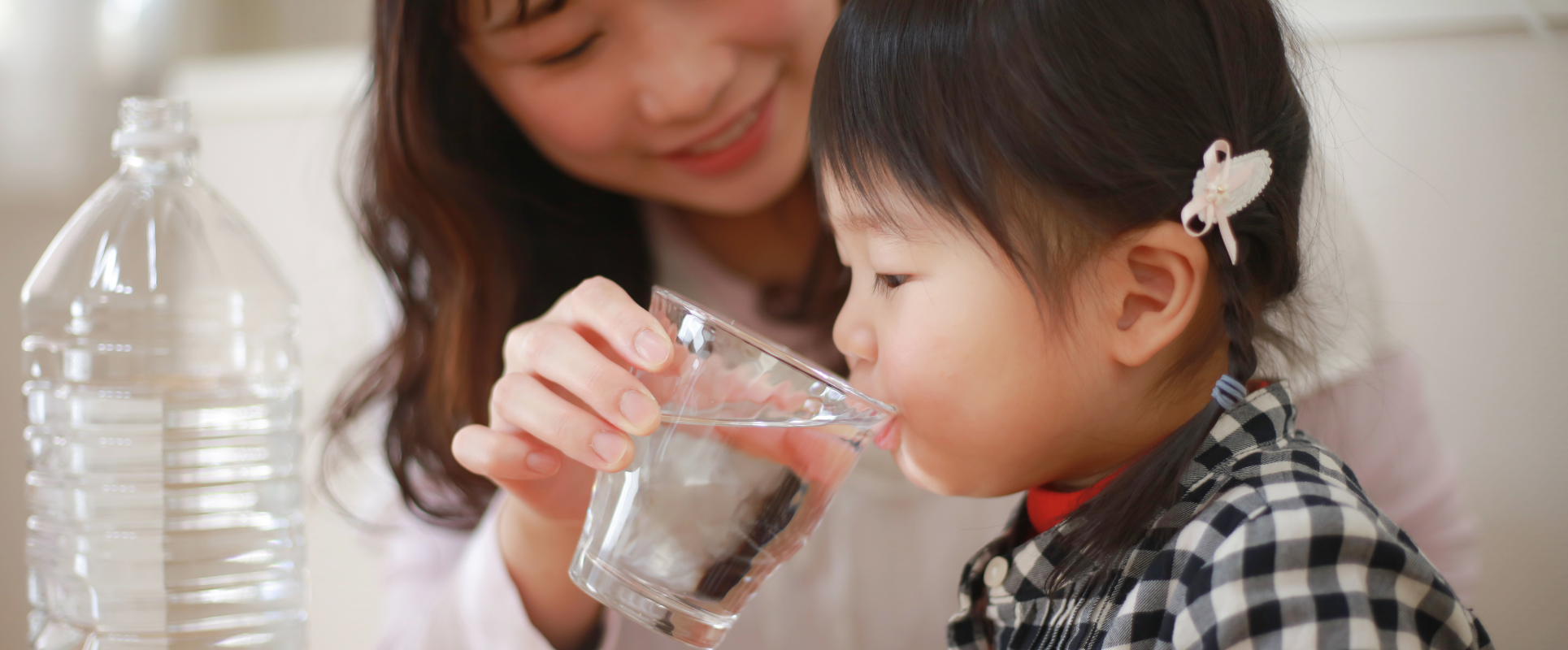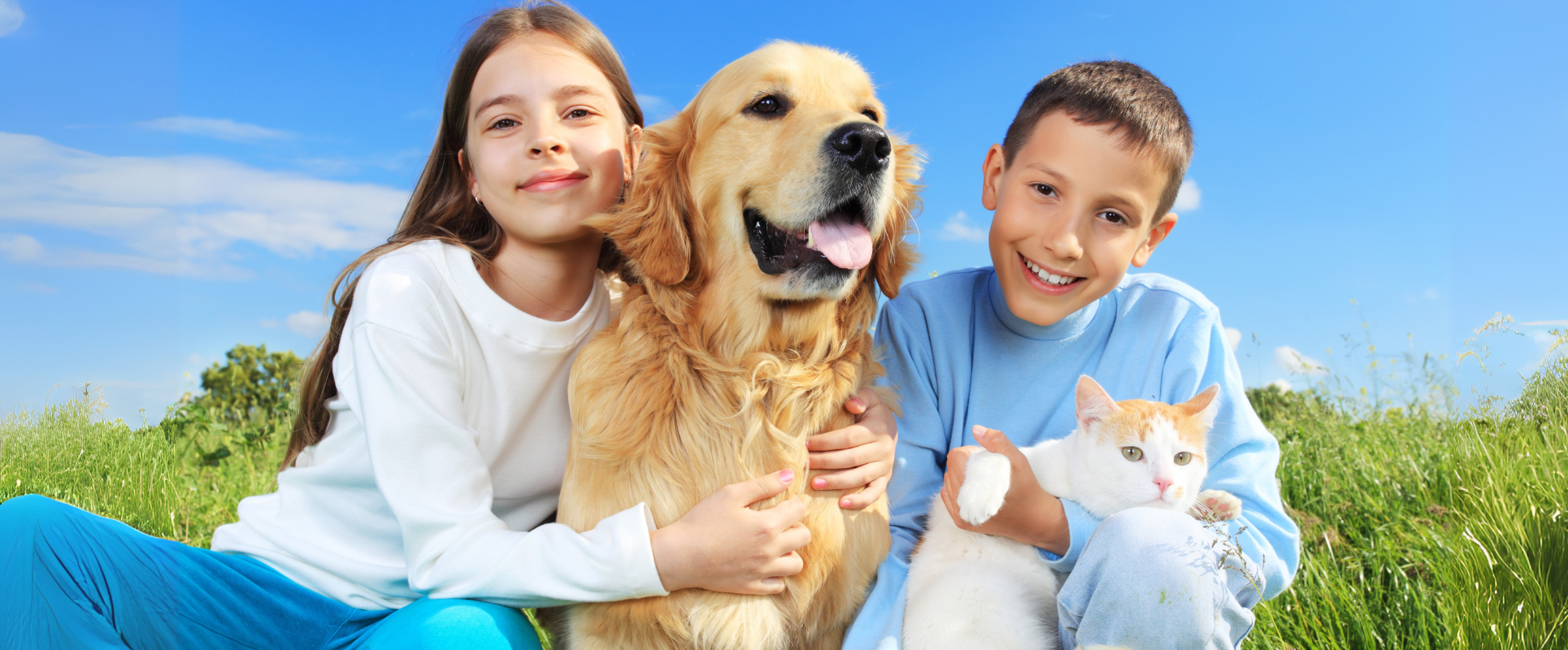
Common Summer Illnesses in Children: A Parent’s Guide
Summer is a season of joy and outdoor adventures, but it also brings certain health risks — especially for young children. With warmer temperatures, increased exposure to insects and more time spent outside, children are vulnerable to a range of seasonal illnesses. In this guide, we explore the most common summer illnesses in kids, their symptoms and practical prevention tips to help parents keep their little ones safe and healthy.
1. Heat-Related Illnesses
Types & Symptoms
-
Heat rash (prickly heat): Itchy red bumps caused by blocked sweat glands.
-
Heat exhaustion: Fatigue, dizziness, nausea and rapid breathing.
-
Heat stroke: A medical emergency with symptoms like a body temperature above 104°F (40°C), confusion and dry, flushed skin.
Why Children Are at Higher Risk
Children have less efficient temperature regulation and can become dehydrated more quickly than adults. Even moderate outdoor activity in the sun can lead to overheating.
Prevention & Care
-
Keep children hydrated with water or oral rehydration solutions.
-
Avoid outdoor play during peak sun hours (10 a.m.–4 p.m.).
-
Dress children in breathable, light-colored clothing and apply SPF 30+ sunscreen.
-
Ensure shaded rest areas are available during outdoor activities.
-
Never leave children in a parked car.
2. Dehydration
Signs to Watch For
Dry mouth, reduced urination, sunken eyes, irritability and lack of tears. In infants, fewer wet diapers are an early sign.
Why It Happens
Increased sweating, heat and active play lead to rapid fluid loss. Children’s smaller bodies lose water more quickly.
How to Prevent It
-
Offer small sips of water frequently.
-
Include fruits with high water content in their diet.
-
Use oral rehydration salts during diarrhea or vomiting.
-
Avoid sugary and caffeinated beverages.
3. Food and Waterborne Illnesses
Common Culprits
-
Bacterial infections like Salmonella or E. coli.
-
Viral infections such as norovirus or rotavirus from contaminated pools or surfaces.
Symptoms
Vomiting, diarrhea, abdominal cramps and fever. These can lead to dehydration if not managed promptly.
Prevention Tips
-
Wash hands thoroughly before meals and after using the bathroom.
-
Drink only filtered or boiled water.
-
Store food properly and avoid undercooked meat or unrefrigerated snacks.
-
Clean all feeding bottles and utensils properly, especially while traveling or camping.
4. Hand, Foot and Mouth Disease (HFMD)
What Is It?
HFMD is a viral illness that spreads through saliva, coughs, sneezes and contact with unclean surfaces or stools.
Symptoms
-
Fever and sore throat
-
Small, painful blisters on hands, feet and inside the mouth
-
Fatigue, loss of appetite
Prevention & Management
-
Encourage frequent handwashing.
-
Clean toys, doorknobs and surfaces often.
-
Isolate infected children until symptoms clear (usually 5–7 days).
-
Use pain relievers and offer soft, non-acidic foods to help with mouth sores.
5. Respiratory and Viral Infections
What Happens
Despite the sunshine, viral infections like colds, flu-like illnesses and adenoviruses are common during summer due to changes in environment and indoor air conditioning.
Common Symptoms
-
Runny nose, sore throat, mild fever
-
Vomiting or diarrhea
-
Conjunctivitis (pink eye) in some cases
What Parents Can Do
-
Ensure good ventilation at home.
-
Avoid overly crowded indoor places like malls.
-
Use saline sprays and a humidifier.
-
Encourage proper coughing/sneezing hygiene.
6. Insect Bites, Allergies and Skin Rashes
Bites and Stings
Mosquitoes, ants, bees and ticks are more active in summer. Reactions may include redness, swelling, itching or in some cases, allergic responses.
Prevention
-
Apply child-safe insect repellent (look for DEET <30%).
-
Dress children in long sleeves and pants in the evenings.
-
Use mosquito nets, especially while camping.
-
Do tick checks after hiking or being in wooded areas.
Allergies and Skin Rashes
-
Sun allergy and heat rash are common in children with sensitive skin.
-
Allergic rhinitis from pollen or dust may cause sneezing, watery eyes, and coughing.
-
Use sunscreen, cotton clothes and antihistamines as advised by your pediatrician.
Summer Safety Quick Tips Checklist
|
Risk Area |
Prevention Tips |
|---|---|
|
Heat |
Stay hydrated, wear hats, rest in the shade |
|
Dehydration |
Offer water often, avoid sugary drinks |
|
Food & Water Safety |
Clean water, hand hygiene, safe food practices |
|
Viruses |
Disinfect toys, handwash, isolate sick children |
|
Insects |
Use repellent, cover skin, check for ticks |
|
Allergies |
Use meds as needed, limit exposure, stay cool |
Voice Search-Friendly Questions
-
“What are common summer illnesses in kids?”
-
“How to prevent heatstroke in children?”
-
“How can I tell if my child is dehydrated?”
-
“What are symptoms of hand, foot and mouth disease?”
Including these natural questions helps optimize your site for mobile and voice search experiences.
Conclusion
Summer is a joyful time for families but heat, dehydration, viruses and insect-related risks can dampen the fun. Being informed, proactive and prepared makes all the difference. With a little planning — hydration, hygiene and sun protection — you can enjoy a safe, healthy summer with your children.
References
The guidance in this blog is based on trusted sources, including:
-
CDC – https://www.cdc.gov/heat-health/risk-factors/infants-and-children.html
-
Mass General Brigham – https://www.massgeneralbrigham.org/en/about/newsroom/articles/summer-safety-tips
-
OEHHA California – https://oehha.ca.gov/risk-assessment/children-and-heat-protect-infants-kids-and-teens
-
KidsPlus Pediatrics – https://www.kidsplus.com/parent-resources/doctors-notes/summertime-infections/
-
Bangkok Hospital – https://www.bangkokhospital.com/en/bangkok/content/children-summer-safety
-
St. Louis Children’s Hospital – https://www.stlouischildrens.org/health-resources/pulse/what-to-know-about-summer-viruses
-
Cradle Hospital – https://cradlehospital.com/common-summer-illnesses-in-children








